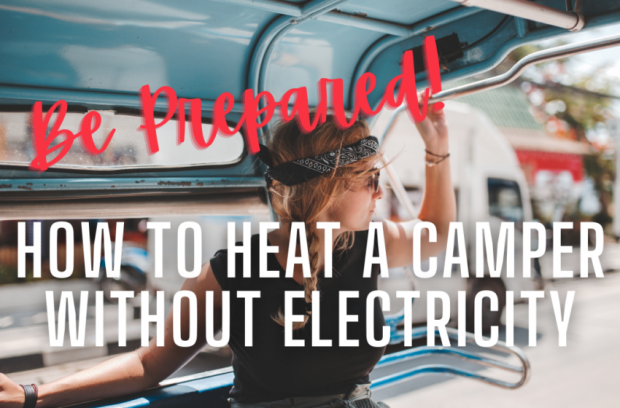
Breaking News
6.5x55 Swedish vs. 6.5 Creedmoor: The New 6.5mm Hotness
Best 7mm PRC Ammo: Hunting and Long-Distance Target Shooting
 Christmas Truce of 1914, World War I - For Sharing, For Peace
Christmas Truce of 1914, World War I - For Sharing, For Peace
Top Tech News
 EngineAI T800: Born to Disrupt! #EngineAI #robotics #newtechnology #newproduct
EngineAI T800: Born to Disrupt! #EngineAI #robotics #newtechnology #newproduct
 This Silicon Anode Breakthrough Could Mark A Turning Point For EV Batteries [Update]
This Silicon Anode Breakthrough Could Mark A Turning Point For EV Batteries [Update]
 Travel gadget promises to dry and iron your clothes – totally hands-free
Travel gadget promises to dry and iron your clothes – totally hands-free
 Perfect Aircrete, Kitchen Ingredients.
Perfect Aircrete, Kitchen Ingredients.
 Futuristic pixel-raising display lets you feel what's onscreen
Futuristic pixel-raising display lets you feel what's onscreen
 Cutting-Edge Facility Generates Pure Water and Hydrogen Fuel from Seawater for Mere Pennies
Cutting-Edge Facility Generates Pure Water and Hydrogen Fuel from Seawater for Mere Pennies
 This tiny dev board is packed with features for ambitious makers
This tiny dev board is packed with features for ambitious makers
 Scientists Discover Gel to Regrow Tooth Enamel
Scientists Discover Gel to Regrow Tooth Enamel
 Vitamin C and Dandelion Root Killing Cancer Cells -- as Former CDC Director Calls for COVID-19...
Vitamin C and Dandelion Root Killing Cancer Cells -- as Former CDC Director Calls for COVID-19...
 Galactic Brain: US firm plans space-based data centers, power grid to challenge China
Galactic Brain: US firm plans space-based data centers, power grid to challenge China
How to Heat a Camper Without Electricity - Be Prepared!

Unless you're an experienced boondocker, you're likely used to the convenience of an electric hookup. That hookup keeps your camper heated and yourself comfy.
But electric hookups aren't always available. You may find yourself in an emergency situation without access to electricity, or maybe you're just dry camping.
Here is an in-depth guide on how to heat a camper without electricity, ranging from simple to more complex.
5 Tips on How to Heat a Camper Without Electricity
Of course, the easiest way to keep your RV heated is to stick to camping in moderate climates. But when expanding horizons to the winter season or cold climates, perhaps at high altitudes, it's important to be prepared.
1. Install a Floor-Mounted Vented Furnace
Permanently installing a vented RV furnace may take some initial investment, but then you'll have that treasured peace of mind. It'll be there when you need it.
It doesn't need an electric hookup because the heat comes from the gas you use for cooking, your RV's diesel gas tank.
The advantage of the vent is that it exhausts any unwanted air outside, limiting your exposure to carbon monoxide. It also comes with a thermostat so you can heat your RV with the same convenience you have when heating your home!
Once installed, you just need to ensure the battery inside the furnace that powers the fans and thermostat is working.

 The State's Last Stand
The State's Last Stand


